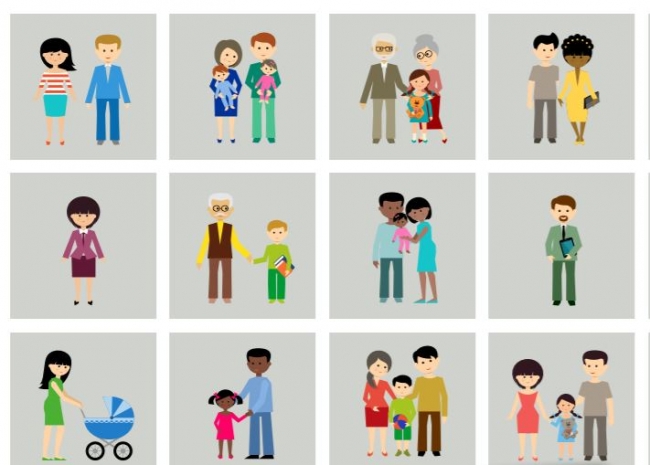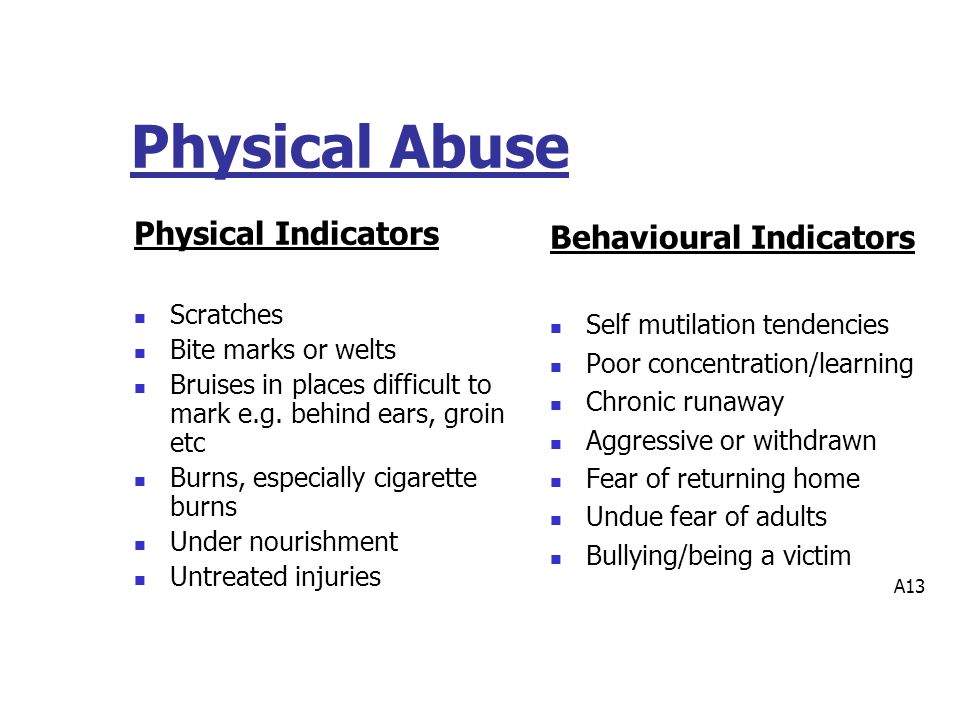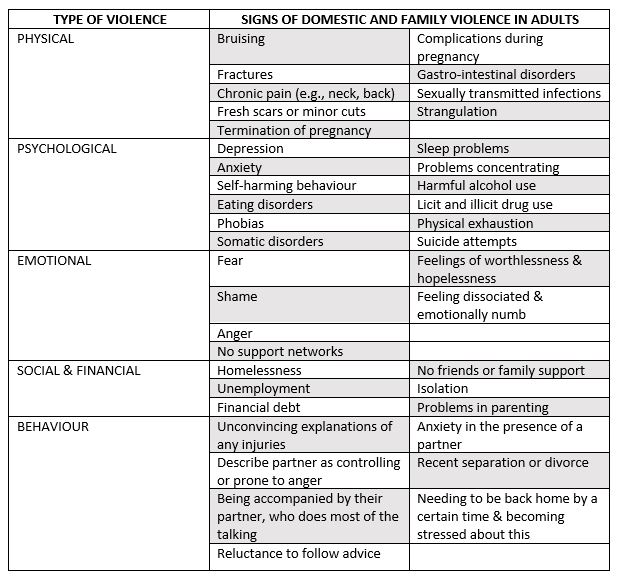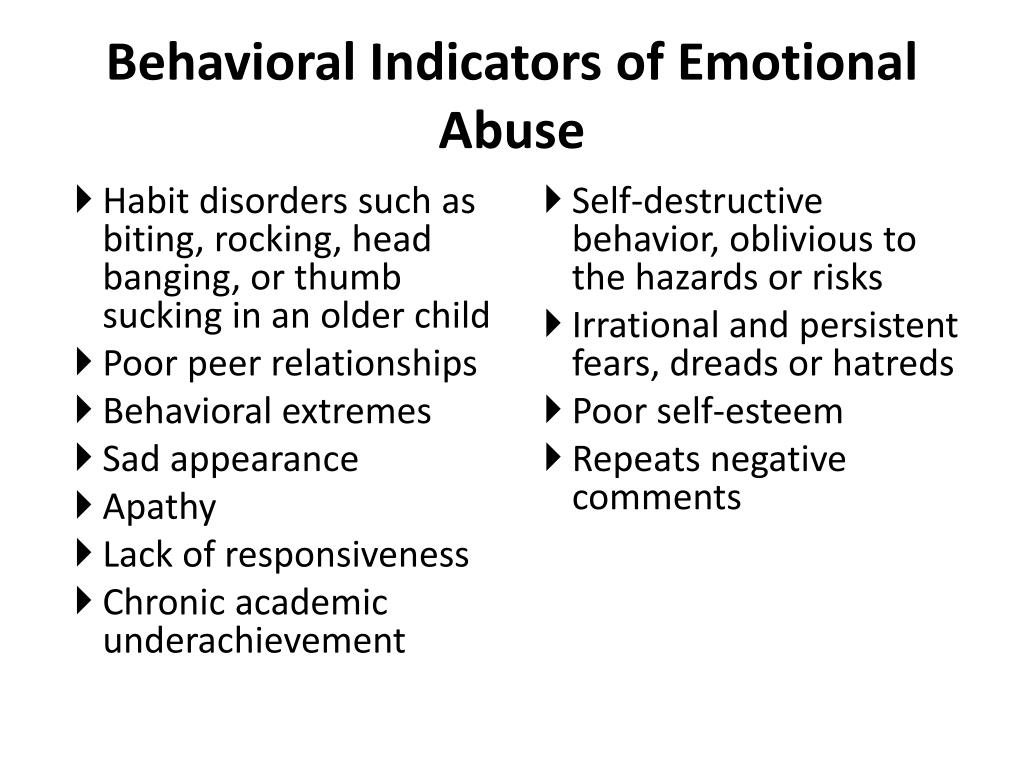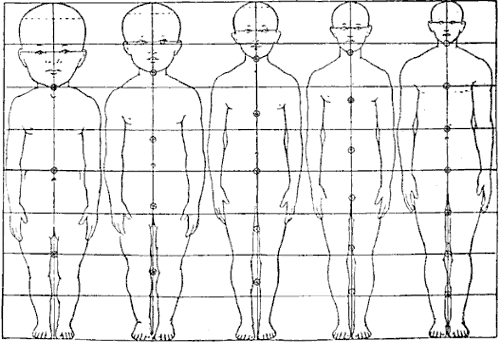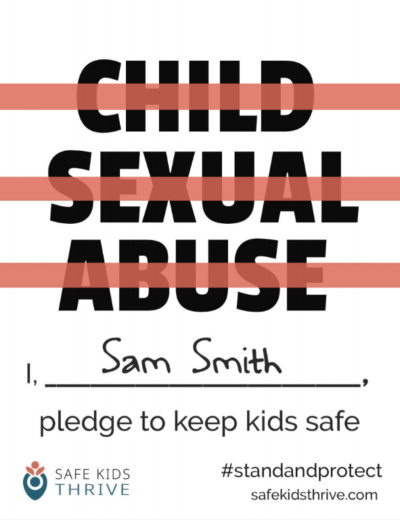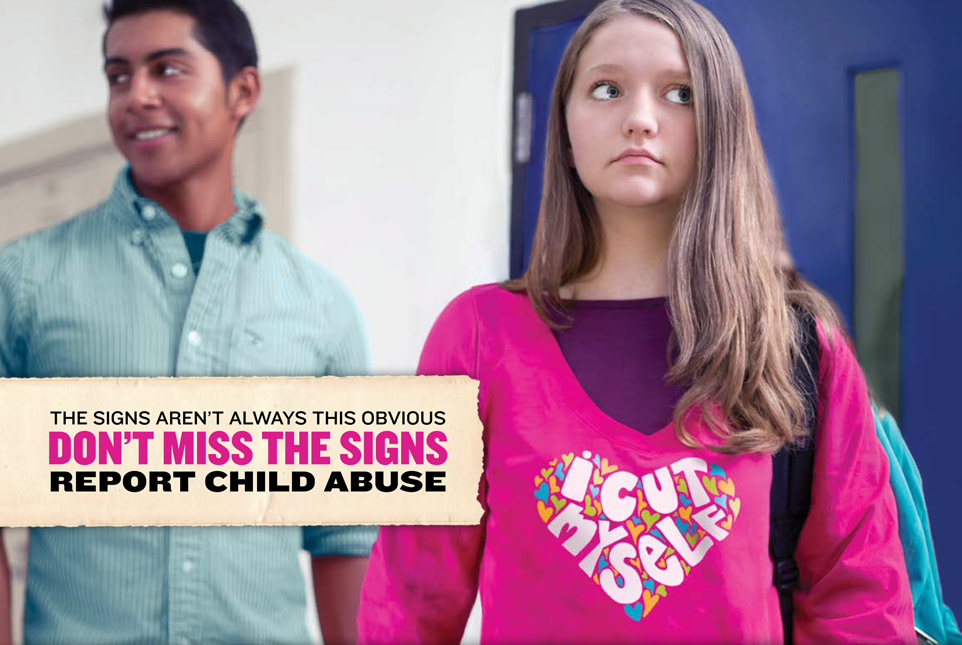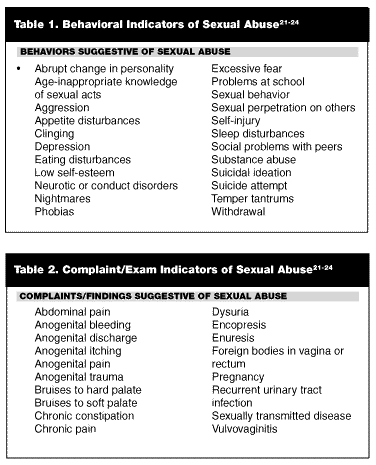
What is child abuse? Child abuse is harm or threatened harm to a child's health or safety by a person responsible for the child's health and safety. (A. - ppt download

Awareness of mothers regarding Behavioral indicators of child sexual abuse. | Download Scientific Diagram

Awareness of mothers regarding Behavioral indicators of child sexual abuse. | Download Scientific Diagram
1. Newborn at High Risk of Abuse - An infant who is identified at high risk of abuse, neglect, or exploitation due to their own

Behavioral and Emotional Indicators of Sexual Abuse: A Comparison with Physically Abused and Non-Abused Children | Semantic Scholar



